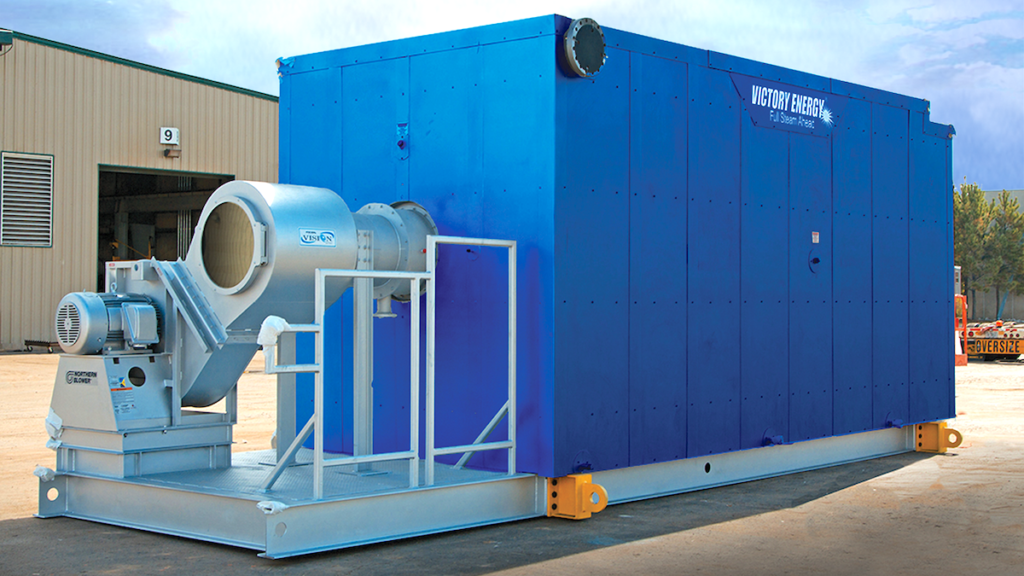By: John Viskup
It is said that at least 20% of a company’s annual revenue should be derived from the sale of new products and services. In some industry circles, it’s closer to 30−40% where product obsolescence is a stark reality. What’s surprising is how few companies achieve these ratios that are often a predictor of future viability. They’re stuck in a rut and reduced to defending and extending existing core products at the sacrifice of true diversification. How many industries have died a slow death by milking products until there was nothing left to reap? The stories are endless about the pitfalls of focusing on the “core.”
A number of reasons are behind why companies fail in their innovation efforts ranging from not enough “innovation” talent and capital being employed to focusing on cash cow products. Product innovation is flat out hard and time consuming. It requires stepping away from all the widely accepted knowns of your business to hear it through the voice of the customer. Too many companies fall victim to not actively having their ear to the market. It becomes a “what can we make” methodology rather than understanding the true market need.
Diversification is vital to ensuring a healthy and vibrant company, especially in the swiftly changing markets we face as manufacturers today. What may have worked a year or two ago is now often times rendered meaningless to customers today. If you’re not distinct, you’re liable to find yourself extinct.
The success that Victory Energy is realizing today is based upon always being cognizant of where the market is heading. When we started the company in 1999, the ethanol industry represented a large percentage of our business. There’s nothing wrong with “owning” a market; however, you have to be mindful of the inevitable downturn. No industry is immune. Statistics show that business leaders go through at least four economic downturns or recessions in their careers. Another reason to be diversified and not beholden to one industry category.
To me, diversification has always meant being in lock step with customer needs. It requires following trends and aligning product development around where the market is heading rather than where it exists today. You need to stop selling and start listening.
The majority of our products are borne out of market need and direct customer requirements. Our GENESIS HTHW generator emanated from requests from leading higher educational institutions looking for a different solution to campus wide heating applications. In this case, the market drove our diversification.
Operating in the mature boiler and heat recovery industry doesn’t hinder our quest to further diversify the company. For years, customers asked us to get into the burner business. They viewed it as a natural extension for Victory Energy. Now three years later, we surpassed our 100th unit sold. It required investment and patience, and those efforts are paying off in allowing the company to be far more diversified. It’s smart diversification that the market has validated and provides a new and growing revenue stream.
Diversification is about filling market gaps by seizing on unmet customer needs and taking advantage of competitive weakness. It requires having a true pulse on where markets are headed. You need people who can tell you what might be rather than what is. Too many companies suffer from what is commonly called “locked in thinking.” They take the tunnel view of the way the business has always been conducted. They’re not seeing and many times ignoring the opportunities that exist in the markets that they serve. Markets are fickle, they get hot and then go cold quickly. That happened with the oil/sands segment – almost overnight. Your products and services must be elastic enough to serve multiple audiences across several industries. Diversification in your product and services portfolio isn’t just nice to have, it is mandatory. Start diversifying your business today. You’ll be glad you did.
